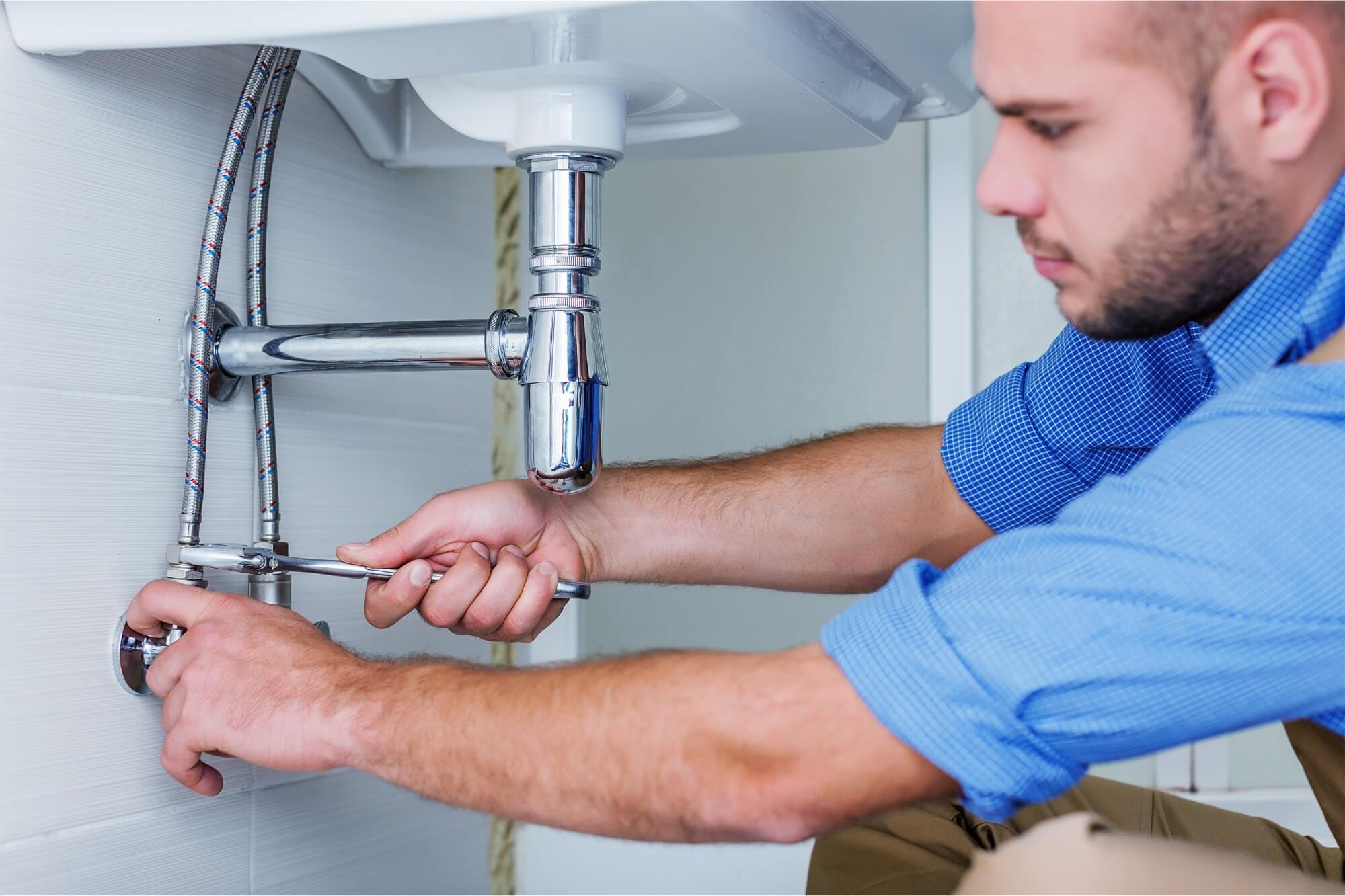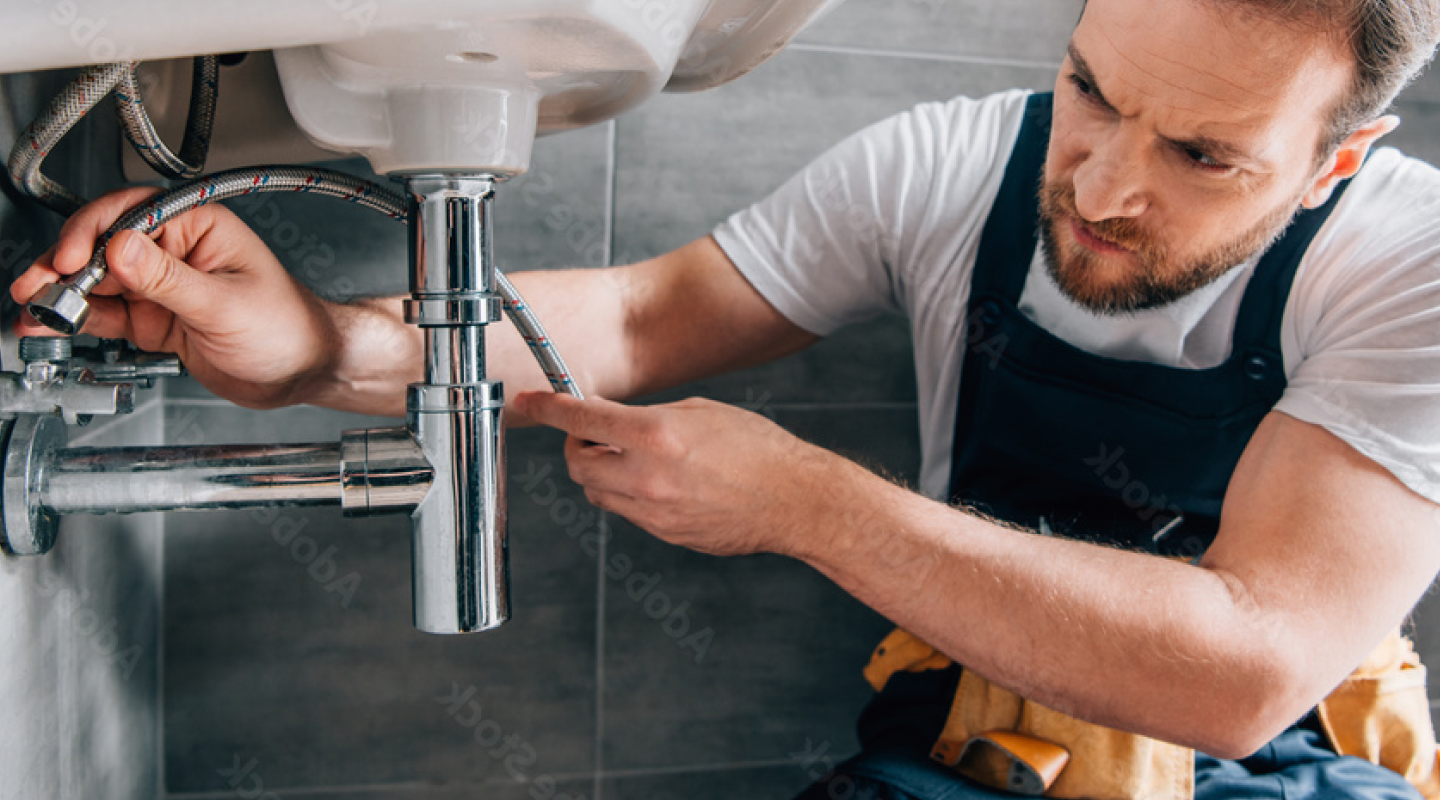A Step-by-Step Guide to Effective Hot Water Heater Setup for Ideal Efficiency
Beginning on the job of setting up a water heating system is a venture that requires precision and a methodical approach for accomplishing optimum efficiency. As you continue, the complexities of connecting water supply lines and setting up trusted electrical or gas links await, appealing understandings into making certain efficiency and reliability.
Picking the Right Water Heater

Following, consider the size and capability of the hot water heater. It's vital to examine your house's warm water requirements, which can differ based upon the number of passengers and their use patterns. An unit that's as well tiny may lead to inadequate warm water, while an extra-large model may lead to unneeded energy usage.
Performance ratings likewise play a crucial duty in choice. Seek hot water heater with high Energy Element (EF) rankings, indicating remarkable efficiency and reduced energy use. Tankless versions, though normally extra expensive in advance, offer considerable power savings in time because of their on-demand home heating capabilities.
Preparing the Installation Area
Before installing a brand-new hot water heater, thorough prep work of the installment location is necessary. This makes sure a smooth installment procedure and aids prevent future problems (Plumber Alabaster AL). Begin by selecting a suitable location that adheres to local building regulations and safety and security criteria. The area needs to be completely dry, well-ventilated, and easily accessible for upkeep. It's critical to gauge the room very carefully to accommodate the hot water heater's measurements, ensuring appropriate clearance around the system for efficient procedure and servicing.
Examine the flooring for security, as the water heating unit will require a solid, level surface to operate effectively. If necessary, install a drip pan beneath the device to capture possible leakages or spills, stopping water damage to the surrounding area.
Additionally, ensure that all necessary devices and products get on hand before beginning the installation. This includes items such as wrenches, screwdrivers, a degree, and any kind of added hardware required for mounting and protecting the heating unit. A well-prepared installment location sets the foundation for a successful water heating system arrangement, enhancing efficiency and safety.
Connecting Water Supply Lines
When attaching water system lines to your recently set up water heater, it is vital to guarantee that all connections are protected and leak-free to keep effective operation and stop water damage. Begin by identifying the cool and hot supply of water lines. The chilly water inlet is generally noted with a blue tag or a "C", while the hot water electrical outlet is noted with a red tag or an "H".
Use adaptable water heater connectors to assist in an easier installation process. Prior to affixing the ports, put a plumber's tape why not find out more around the threaded ends of the water heating unit's inlet and electrical outlet pipelines.
Once visit site connections are in location, slowly switch on the primary supply of water valve. Examine each connection for leaks by aesthetically really feeling and examining for moisture. Tighten links as necessary, and ensure the pressure safety valve is correctly mounted, safeguarding against excessive pressure build-up.
Establishing Electrical or Gas Connections
Correctly establishing up the electric or gas connections for your water heating system is a vital step to ensure secure and effective operation. For electrical water heating units, begin by validating that the electric circuit is compatible with the heating system's voltage and amperage demands.
For gas water heating systems, security is critical. Confirm that the gas supply is off prior to proceeding. Connect the gas line to the water heater using an adaptable gas adapter, ensuring it is effectively threaded and sealed with pipeline joint compound or Teflon tape ideal for gas connections. Tighten up the connections with a wrench, taking care not to over-tighten (Plumber Alabaster AL).
Once connections are made, evaluate for any type of potential leakages. For gas lines, use a soapy water service to the joints; bubbles indicate a leak. For electric connections, ascertain that all wiring is safe and properly shielded, maintaining conformity with local electrical codes.
Checking and Readjusting for Effectiveness
With the electrical and gas connections firmly in area, the following step is assessing the operational effectiveness of your water heating unit. Begin by very carefully transforming on the water supply and making certain there are no leaks at any of the joints or valves.
Next, do a comprehensive assessment to make sure the burner or a knockout post gas heaters are working appropriately. For electrical heating systems, use a multimeter to confirm if the elements are attracting the proper existing. In gas versions, observe the heater fire; it should be blue and steady, suggesting efficient burning.
Adjust the setups as required to remove ineffectiveness. Consider applying insulation steps, such as including a hot water heater covering, to even more boost efficiency by lessening heat loss. Furthermore, examine the anode rod's problem, as a worn-out rod can minimize performance and cause storage tank rust.
Verdict
Effective water heater setup is essential for making certain ideal efficiency and energy financial savings. Securely linking water supply lines and meticulously setting up electrical or gas links reduce possible issues.

Effectively setting up the electrical or gas connections for your water heating system is a vital step to make sure risk-free and reliable operation. For electrical water heating units, begin by validating that the electrical circuit is suitable with the heating unit's voltage and amperage needs. Connect the gas line to the water heater utilizing a flexible gas adapter, ensuring it is properly threaded and sealed with pipeline joint compound or Teflon tape ideal for gas connections.